There is a simple reason for the growing opposition around Scotland to Highly Protected Marine Areas (HPMAs) as proposed by the Scottish Government after it joined forces with the Scottish Greens.
It would ban fishing and most other activities outright in at least 10% of our waters, with no evidence of any benefits to the marine ecosystem. The government cannot even say clearly what it is trying to achieve.
Fishing is a heavily regulated industry and fishermen voluntarily co-operated with the introduction of Marine Protected Areas (MPAs) that already cover 37% of Scotland’s seas.
‘Sensible balance’
MPAs strike a sensible balance between conservation and legitimate economic activity.
Fishermen depend on healthy seas, so have the greatest vested interest in sustainable stocks for the future.
The industry also faces a significant risk of being squeezed out of fishing grounds by the development of offshore wind farms – huge industrial-scale developments in our sea.
A specialist report commissioned by the SFF (Scottish Fishermen’s Federation) and our English counterpart, the NFFO (National Federation of Fishermen’s Organisations), last year suggested more than 50% of Scotland’s waters could be closed to trawling by 2050 if the proposed HPMAs and offshore renewables are fully developed.
This would lead to displacement of fishing on a huge scale, with unforeseen effects.
The fishing industry has already shown it is not opposed to properly considered nature conservation or measures to help address climate change.
However, the Scottish Government must recognise the fact seafood already has a lower carbon footprint than most other forms of food production, including many vegetables.
As the US marine biologist Professor Ray Hilborn says: “In general, eating fish that are sustainably harvested from the sea has a lower environmental impact than the alternatives of livestock or even a vegetarian diet.
“Therefore, well-meaning ‘precautionary’ reductions in fishing pressure will have inevitable consequences that lost protein from the ocean will need to be replaced by protein from the land. If not, famine follows.”
The proposals for HPMAs are too high a price to pay. They are bad policy.”
Only when this degree of understanding is reached by politicians and civil servants will we be able to make meaningful progress.
As they stand, the proposals for HPMAs are too high a price to pay. They are bad policy, driven by purely political needs rather than ecological in design and will push the fishing industry out of the blue and into the red to please the greens in government.”
Elspeth Macdonald is chief executive of the Scottish Fishermen’s Federation.
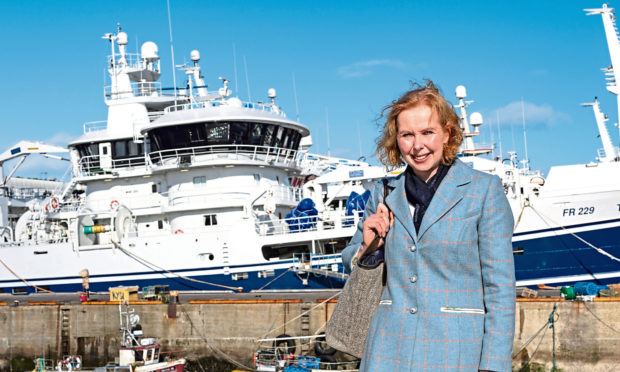
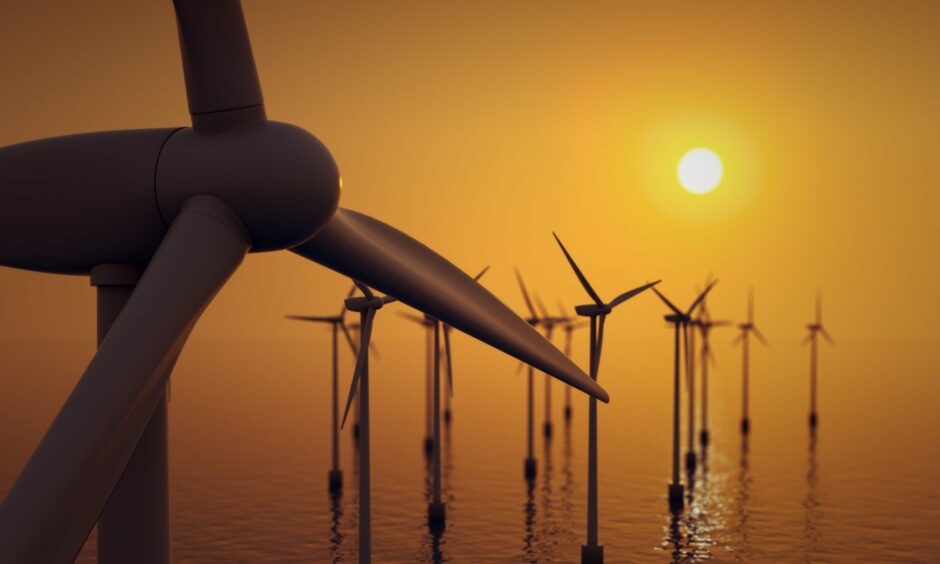
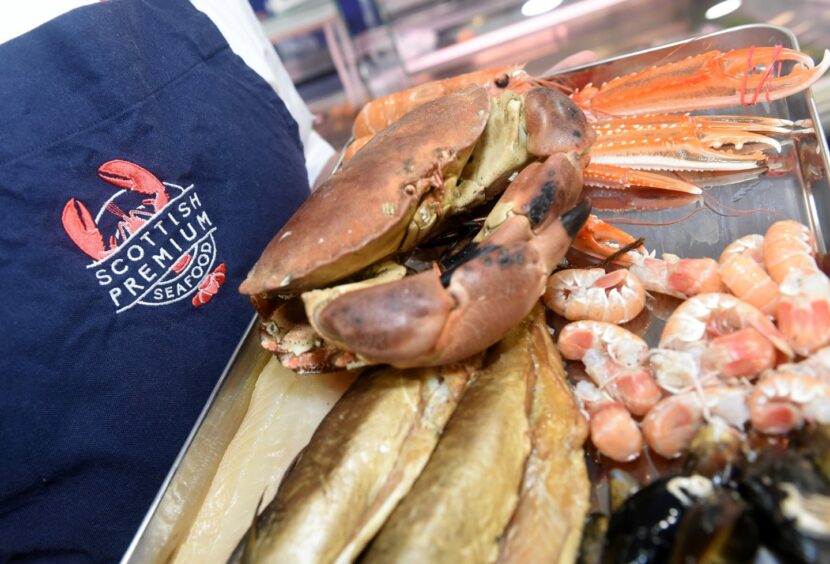

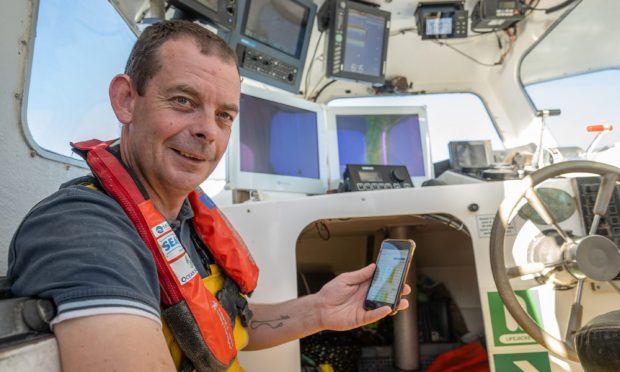
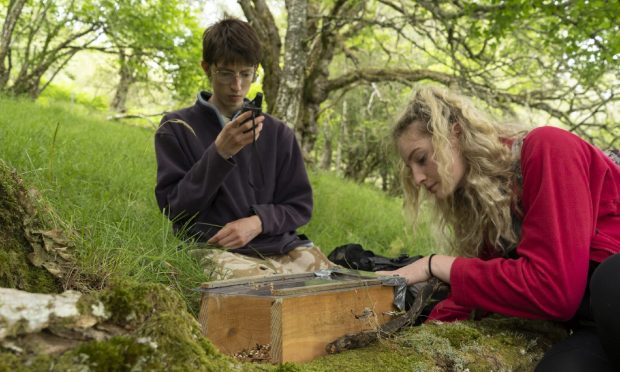
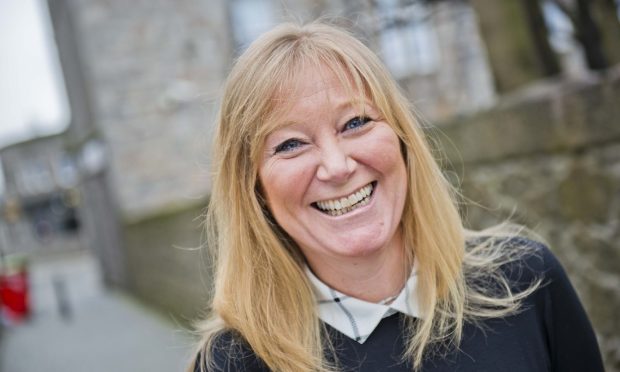
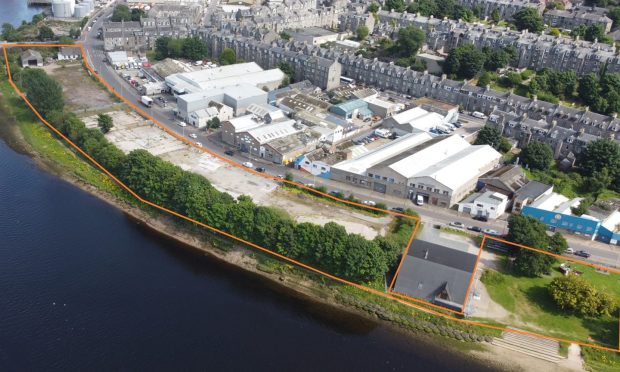
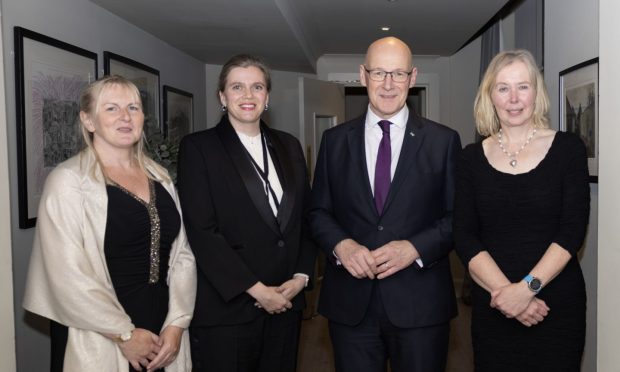

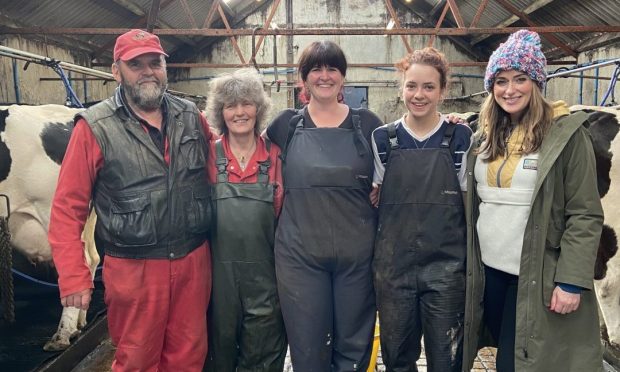


Conversation